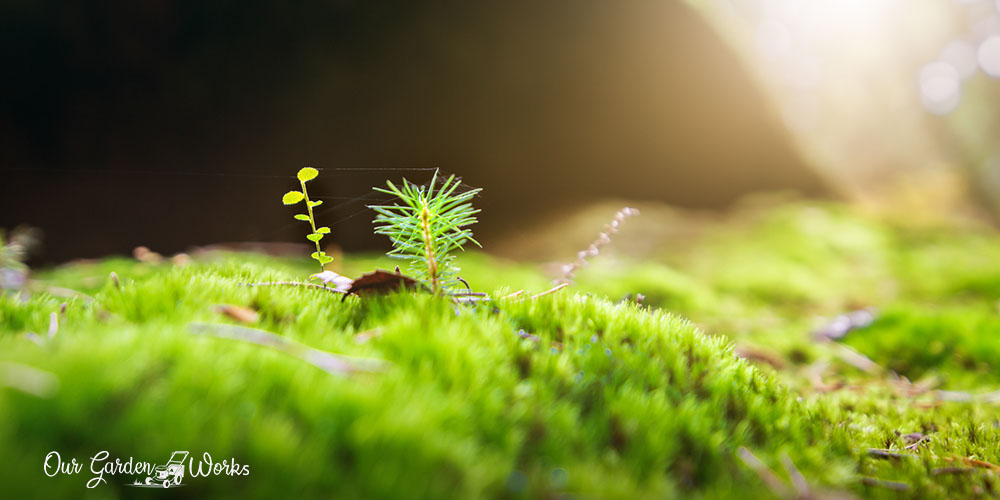Learning how to grow a moss lawn is a life-changer for homeowners. Moss often takes the bad light for being an unsightly plant in a landscape but it hides a ton of benefits that will surely encourage you to make the switch.
In this post, we will help discover the cost-saving benefits of moss and how to grow it on your lawn.
Moss grows differently than grass. Get to know more about moss, its growing requirements, and behavior to have a successful transition. The initial investment in moss lawn can be hefty so you may want to get the right care from the get-go.
What is Moss?
Moss has the traits of both plants and fungi. It is a small spore-producing plant that doesn’t have roots and flowers. Instead, they have rhizoids that help them cling and spread on surfaces. It only absorbs nutrients and moisture from its leaves.
Unlike plants, moss grows in compact and acidic soil. There’s also no need for fertilization and mowing since they don’t grow more than in 0.1–3.9 (0.2 to 10 cm).
Because of these qualities, some gardeners tried to grow and propagate a moss lawn to keep the lawn green without too many hassles with maintenance.
Two Types of Moss
Moss also comes in varieties where some grow in a lateral direction and some in clumps. Ingrowing a moss lawn, and opting for the spreading type is key to rapid coverage of moss in your lawn.
To help you identify the best types of moss to use, here are the two types of moss:
Acrocarpous or Clumpy Moss
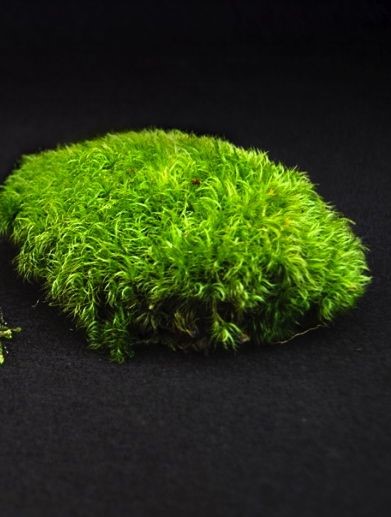
Acrocarpous is a type of moss that grows in clumps. It does not form any branches and stays in a ball form and grows vertically. Its spore-spreading parts are at the end of its stem. They are slow-growing and love a dry habitat compared to pleurocarps.
Pleurocarpous or Carpeting Moss
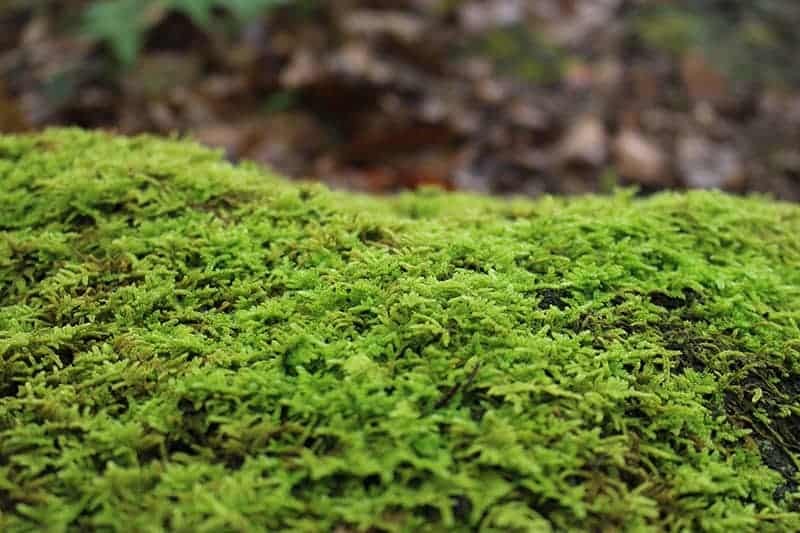
Pleurocarp is the ideal type of moss for growing a moss lawn. Its growth habit is similar to carpet grass. It has branches that spread fast and cover a lawn or a pile of rocks within 6 to 7 months. It loves moist and shady environments.
The female part or the spore-spreading part of this moss is on its branches that spread in a lateral direction across the soil or rock.
Growing Requirements of Moss
Since pleurocarps are the best option for moss lawns, discover the road ahead by learning more about their growing behavior. Its ideal growing environment and care are as follows:
Acidic soil environment
There’s a common misconception about moss and acidic soil. In reality, moss only prefers acidic soil but it is adaptable enough to also thrive in alkaline, dry, and lime-treated soil.
The ideal soil pH level where moss can survive is 5.0 to 7.5 but the most ideal acidity is between 5.0 to 5.5.
Compact soil
Tilling and aerating the soil is one of the laborious parts of maintaining a green lawn. Moss prefers a compact and smooth soil surface because it doesn’t have roots that need air and space to move underground.
Semi-shade
Moss is still a plant regardless of its difference from plants. It still needs the sun for energy to develop branches and spread on surfaces.
The light preference of moss species depends on the variety. Some like shade, partial shade, or even direct sunlight.
Consistent moisture
Pleurocarp mosses love moisture. In some cases, they can even survive being submerged in puddles in the soil. Acrocarpous on the other hand have a higher tendency to rot when exposed to constant moisture.
If your lawn has the qualities mentioned above, then gear up and start learning how to grow a moss lawn below.
How To Grow Moss Lawn To Replace Your High-Maintenance Lawn?
Planting moss is almost the same as planting any type of grass, but it’s simpler. It only takes three steps to get started. The first one you need to work on is the location.
Step #1: Soil Preparation
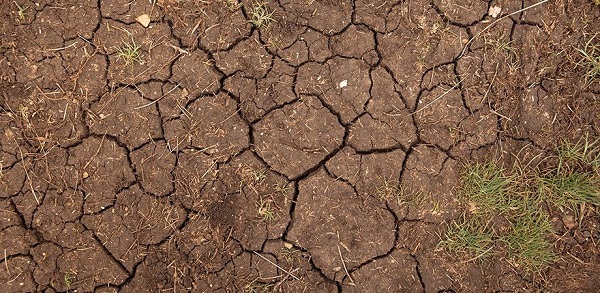
Look for the best location in starting your moss lawn. It has to be somewhere shady but close to water sources. The best examples are as follows:
- Under or between trees where there’s shade and partial light
- Acidic soil around pine trees due to the falling pine needle
- Areas next to a water garden or low-terrain sections of the lawn that collect rainwater
Once you find the best location to start your moss lawn, clear the area by removing all plants including weeds and grass. It’s also best to remove rocks and other debris.
Use a soil pH meter to see if the soil is within the ideal acidity range for moss growth, which is 5.0 to 5.5. Though moss can adapt to alkaline soil, it can spread faster if its environment favors its preferences.
If the soil is too alkaline or in the range of 6.5 to 7.5, you may add compost and other soil acidifiers to raise the soil acidity level. When the soil pH is at a good level, pack the soil in preparation for planting the moss.
Step #2: Choose and Buy Live Moss
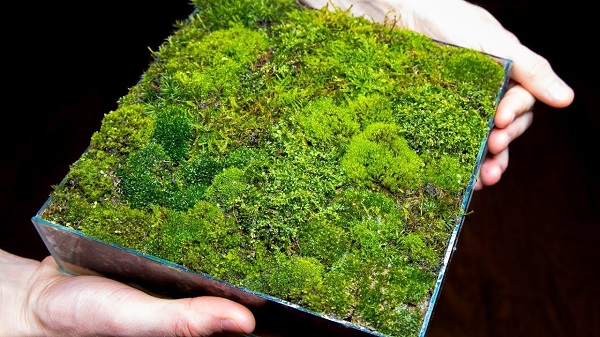
Most professional moss growers recommend moss species that are native to your state or region to ensure successful moss lawn propagation. You can grow moss on your own or buy them from a local moss garden center that sells moss in trays measured by the square foot.
The popular moss growers are Mountain Moss and Moss Acres who will give you an extensive list of moss species that suits your preferences.
Mosses are quite hard to tell from each other due to their tiny form. However, there are existing kinds of moss with different leaf designs and growth patterns.
Check which pleurocarp moss species you want to grow for your moss lawn below:
(1) Star moss or Atrichum angustatum: A moss variety that looks like grass and grows in both shade and partial sun. It is compact and low-growing that can make your lawn neat and green throughout the year. It is known for other names such as slender starburst moss and lesser smooth cap moss.
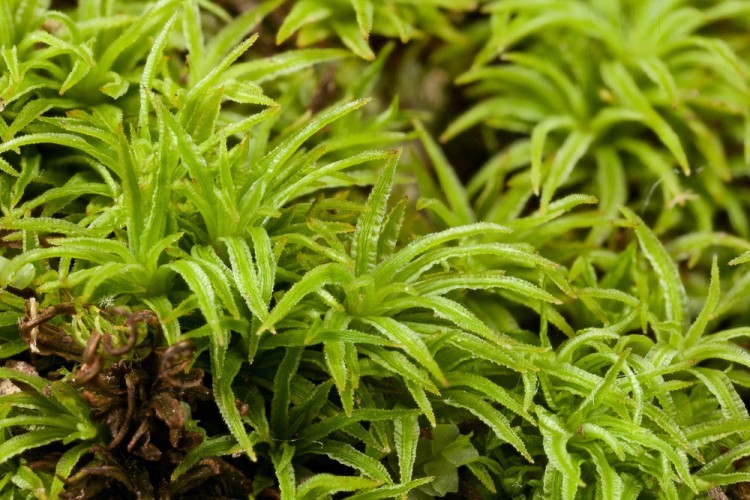
(2) Catherine’s moss or Atrichum undulatum: A moss variety that loves moist soil and shade but can survive in partial shade. It needs constant moisture to thrive and spread across the lawn.
Otherwise, it will shrivel and dry up. It is also known for other names such as big star moss, crane’s bill moss, crown moss, and starburst moss.
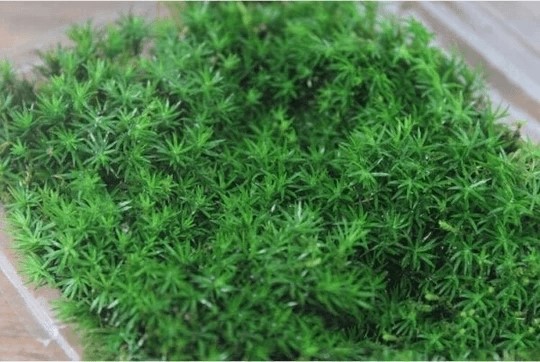
(3) Tree moss or Climacium americanum: If you went on a hike on a mountain with a rainforest, you’d surely see tree moss clinging to the branches of the trees. It is a moss variety that thrives in full shade or partial sun.
Tree moss is an ideal option if you have problems with poorly draining patches in the lawn because it loves being drenched in water. It also gives off a grass-like appearance because it can grow up to 4-5 inches tall.
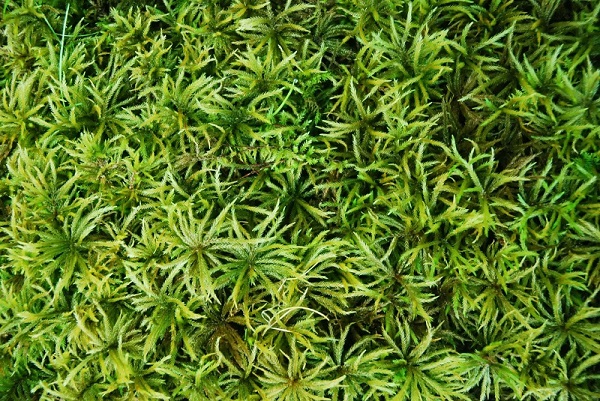
(4) Broom moss or Dicranum scoparium: A moss variety ideal for dry areas with partial shade. It has a carpet-like texture with its dense foliage and deep green color.
Unlike other pleurocarpous moss, it specifically loves acidic soil. It is also known as mood moss, footstool moss, rock cap moss, windswept moss, and broom moss.
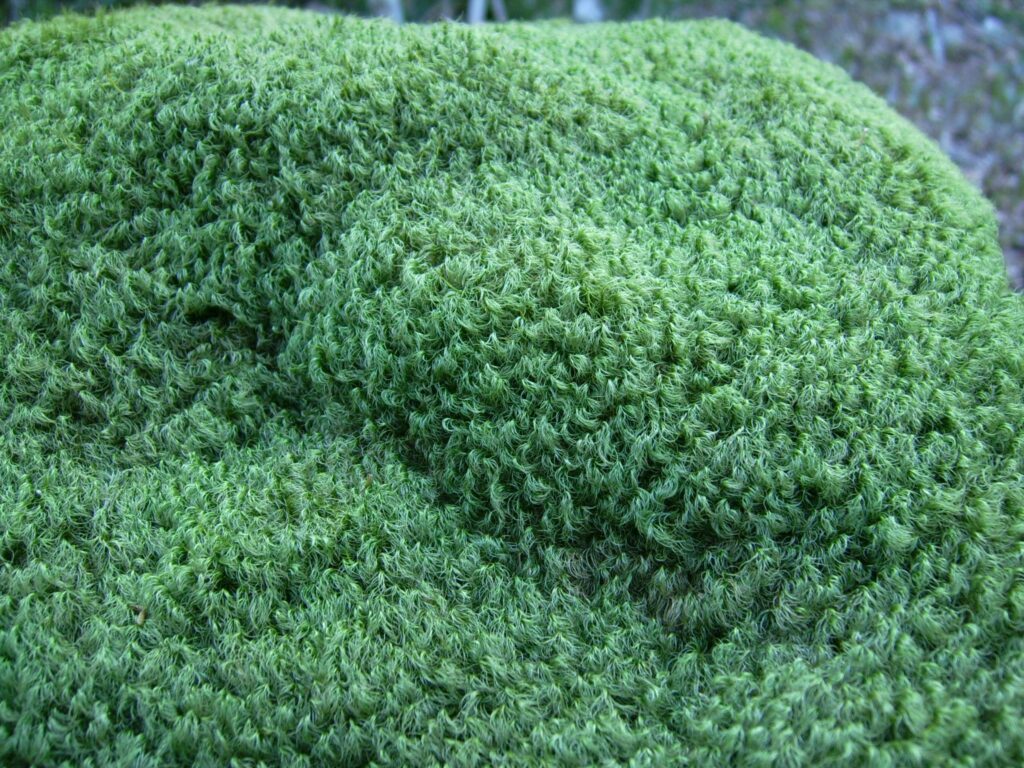
(5) Feather moss or Hypnum imponens: Also known as sheet moss, this moss variety is known for its good tolerance to medium foot traffic. It grows best in shade and has a low-growth habit. It has nice fern-like leaves that can give your lawn a new look.
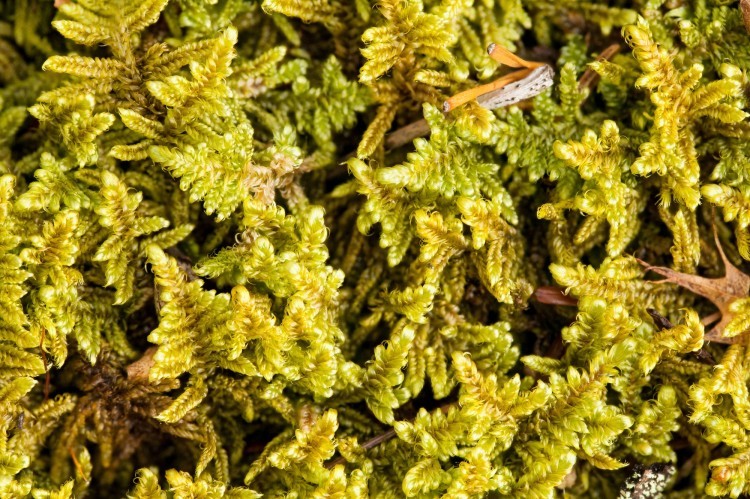
(6) Pincushion moss or Leucobryum albidum: A moss variety that is the most versatile option because it can live in shade and sun. It also provides a thick sheet of moss that looks similar to perfectly trimmed bermudagrass.
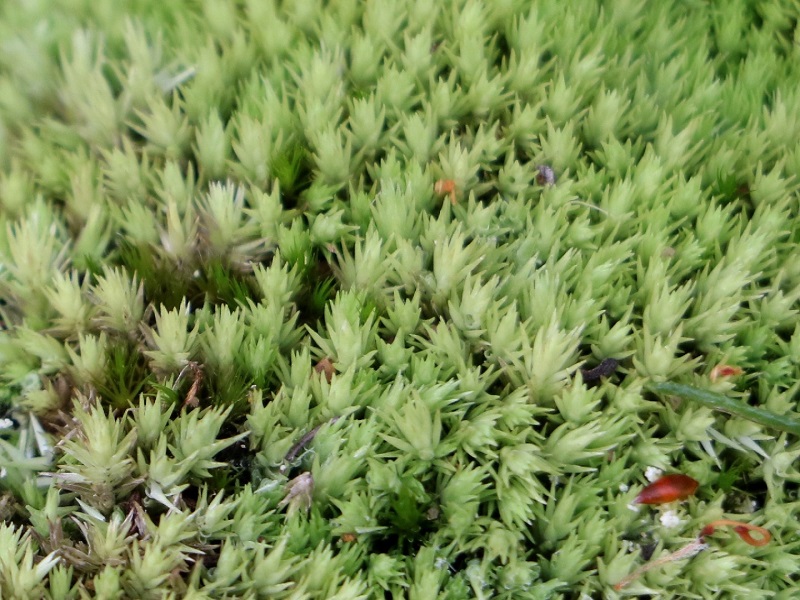
(7) White moss or Leucobryum glaucum: A moss variety that can grow in sandy soil and grows with cushion texture and round form. It thrives in shade but can tolerate partial morning light. It is called white moss because of its silver cast when it gets dry.
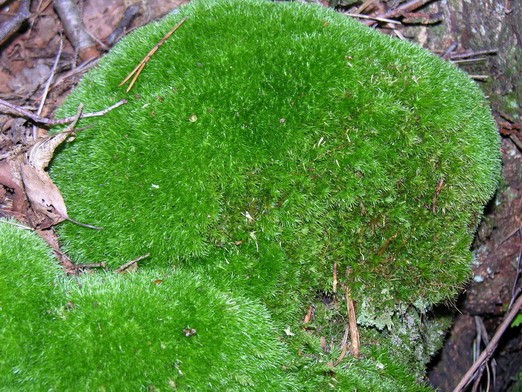
(8) Haircap moss or Polytrichum commune: A moss variety that is also as versatile as pincushion moss. It is ideal for keeping the soil intact in high-terrain areas.
Aside from improving your lawn, it is also used as a tea for treating kidney and bladder problems. It is also known by other names such as awned hair cap moss, blue moss, and blue hairy cap.
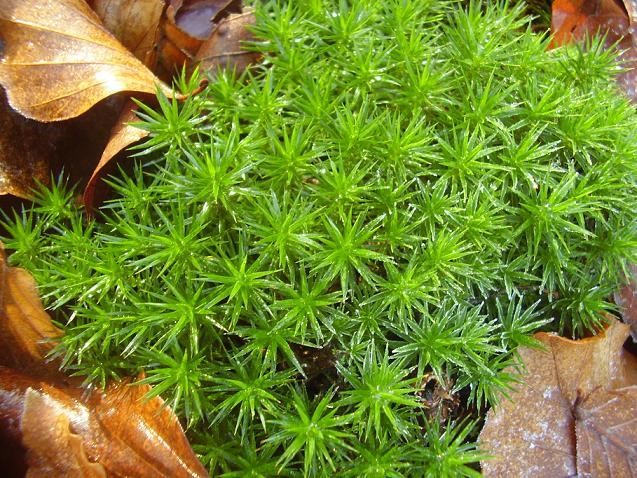
(9) Fern moss or Thuidium delicatulum: Fern Moss is a moss variety that looks like a mini evergreen in the ground. It has fronds similar to a pine tree. It thrives in shade or partial shade and areas with consistent moisture. It is often used as a moss lawn in areas prone to erosion.
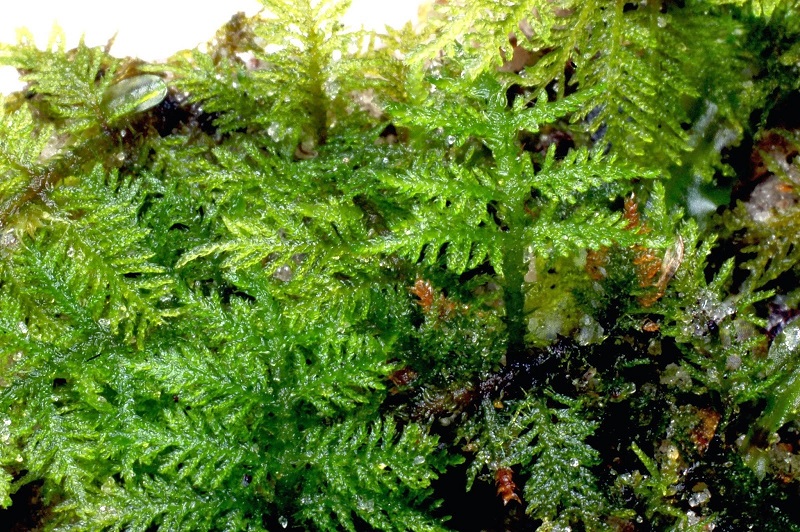
(10) Shiny sexy moss or Entodon seductrix: A moss variety that rapidly attaches to acidic soil and hard surfaces like rocks or walls. It is a versatile moss that can grow in full sun or shade which makes it an ideal option for moss walls, moss gardens, or moss lawns.
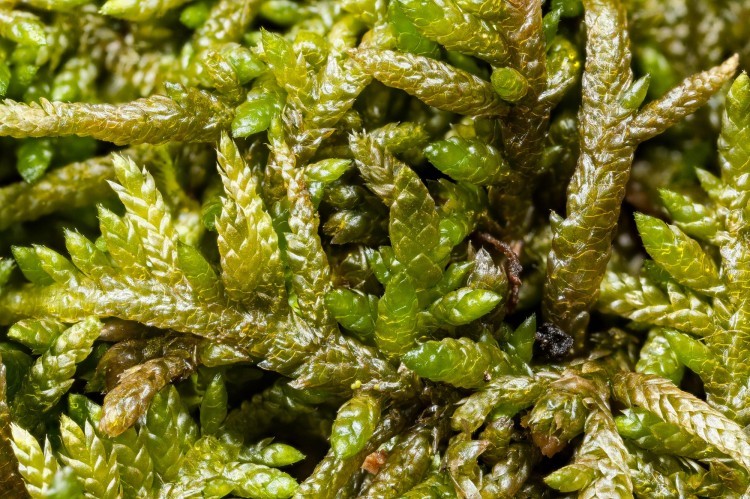
Step #3: Plant the moss in the soil
When you order moss from a shop, they will usually come in trays. During the shipping process, the moss may dry up and may need to be soaked up with water. However, if it arrived on your doorstep green and fluffy, you can immediately plant them in your yard,
Planting moss is fairly easy because you only have to keep them in place on top of the soil. You can place some weight on the moss using some landscape pins, or stones, or simply lightly walk on them.
For the last step, water the newly planted moss for one to two months and watch the spread in your yard.
To know if the moss is already attached to the ground, you may try to gently lift it. If there’s resistance, then you have successfully started to grow your moss lawn.
Tips on Moss Lawn Maintenance
Though moss lawns don’t need a lot of tending, there are some things that you should note in keeping them green and healthy:
- During hot and dry periods of summer, increase the watering by giving the moss 2 inches of water every day for a month. The best indication that the moss is drying up is the browning on its edges.
- Moss cannot take heavy foot traffic. Instead, place stone pathways to ensure that it can survive and will remain lush green all year round.
- When the moss is recently established, weeds may try to compete with them for moisture and space. Moss reacts poorly to weed killers, so better settle with manual weeding.
- Keep the lawn clean from dried leaves and fallen branches to prevent the debris from blocking the light from the moss.
- Expect that moss can change its colors from time to time in response to heat or extended dry periods. It does not mean that it is nutrient-deficient. Instead, they just need more watering to restore their deep green color.
Pros and Cons of Growing a Moss Lawn
Now that you have an idea of what is ahead as you learned how to grow a moss lawn, here are some pros and cons as a guide in your next lawn makeover:
Pros of growing a moss lawn
- Resilient and adaptable groundcover
- No mowing is needed (time and cost-efficient)
- The dense and thick texture
- Versatile and easy to grow in poor soil conditions
- Money saver in terms of no fertilizer and pesticide use.
- No more mower noise problems and use of fuel
- Natural erosion control
- Dries up and gets dormant in hot summers but does not die.
Cons of a moss lawn
- Limited access and supply of live mosses for moss lawn
- Expensive initial investment
Frequently Asked Questions (FAQs)
Is a moss lawn a good idea?
Growing a moss lawn is a good idea if you want to save on lawn maintenance, fertilizers, grass seeds, and pesticides. It will keep your yard green without too much hassle and tending compared to grass lawns.
Can you walk on a moss lawn?
A moss lawn can handle light foot traffic. However, if you plan to play some sport or walk on the lawn daily, it is best to install a stone path on the lawn to preserve the dense texture of moss.
What are the best alternatives to moss lawns?
If you feel like moss is not something that you want to have in your garden, you may opt for an Irish moss or an artificial moss lawn.
Final Thoughts
We hope that this post gave you everything you want on how to grow a moss lawn. You will notice that it may seem easy to plant the moss but it takes patience to see them flourish in your garden.
There are only a few gardeners who consider the benefits of having a moss lawn over the traditional grass-filled lawns. If you are one of the curious and brave ones who wish to do the switch, we commend you for getting out of your comfort zone.
If you find this post helpful, please don’t forget to share it with your friends. They might as well consider growing a moss lawn too or better yet a live moss wall in their gardens.
